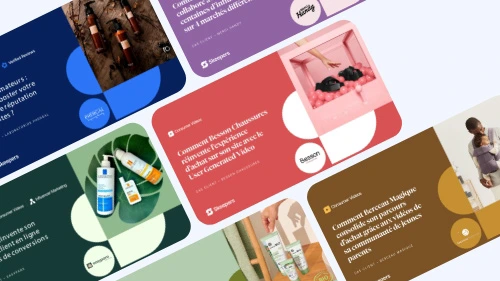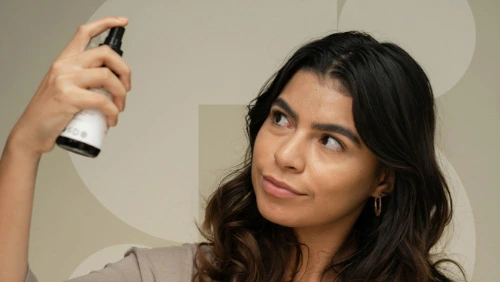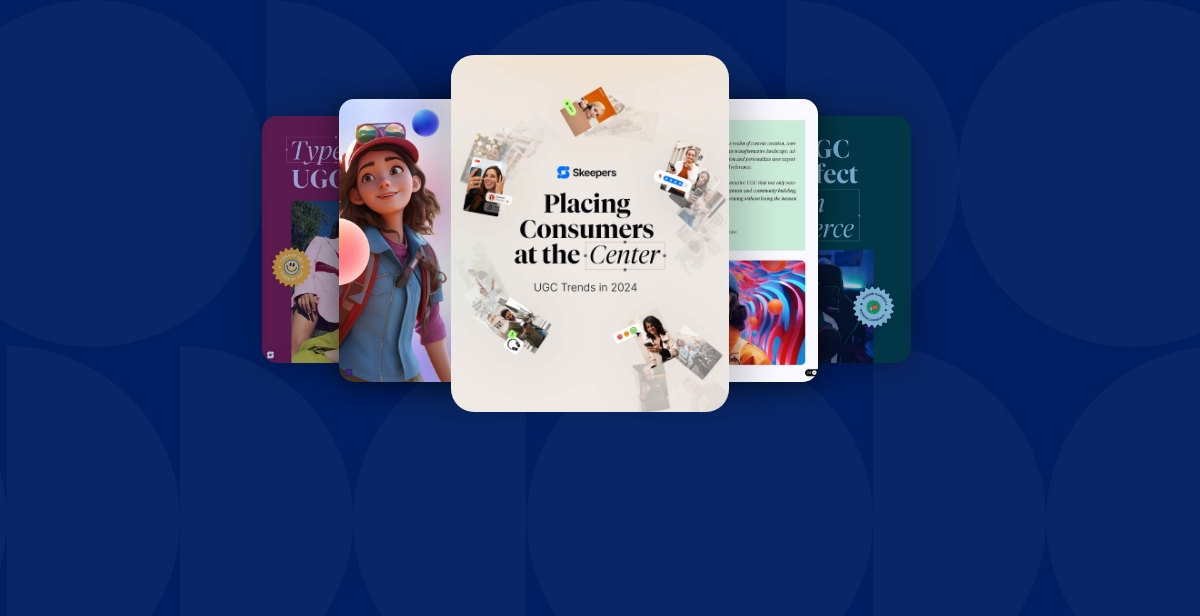Understanding how many people will potentially see your content is a key consideration when partnering with influencers and building influencer marketing campaigns. Many brands partner with influencers to increase brand awareness, drive engagement, and boost conversions. To understand what strategies to use for your campaigns, you need to understand the metrics that will most clearly...
Understanding how many people will potentially see your content is a key consideration when partnering with influencers and building influencer marketing campaigns. Many brands partner with influencers to increase brand awareness, drive engagement, and boost conversions. To understand what strategies to use for your campaigns, you need to understand the metrics that will most clearly and accurately reflect your goals.
When brands are looking at potential partners, they focus heavily on the number of followers the influencer has. The potential reach an influencer has is definitely important when you’re creating a campaign, but it’s not the only metric to consider. Understanding both unique reach and frequency will give you a good idea about what metrics you can expect to see from a campaign, and help inform what types of content will make the biggest impact on your audience.
What is reach?
Reach refers to the audience, followers, or customer base you’re trying to target with a campaign. It’s the number of people who could potentially see your content or ads. Reach breaks down into potential reach and actual reach.
- Potential reach is the total number of followers that you (or your influencers) have. It’s the people who have actually subscribed to your content or social media profile.
Actual reach is the number of unique accounts that have actually viewed your content.
When working with an influencer, it’s important to keep their potential reach in mind, so you have a baseline for your KPIs. As your reach increases, so will brand awareness. But, you need to remember that reach and engagement are not equal. If 10,000 people see your post but aren’t interested in your brand, your content is driving conversions or engagement.
What are impressions?
Impressions are the number of times your post or content is displayed to your followers. This just means that the content was delivered to someone’s feed — it doesn’t mean that they actually saw it or clicked on it. One person can also have more than one impression for the same piece of content. If a post shows up in someone’s from the original sharer and is then reshared onto their feed by a friend, there would be two impressions tracked for one post.
If you see growth in the number of impressions, that means your content is appearing more frequently on users’ feeds. It’s a good indicator of whether your posts are optimized for the social platform. If you’re seeing lower impressions than you expect, make sure the content you and your influencers are sharing is tailored to that platform. Like reach, impressions aren’t necessarily equal to engagement. So relying on impressions alone as an indicator of success isn’t always the most accurate way to see the impact of your campaigns.
What’s unique reach?
Unlike impressions, which are counted multiple times for the same post, unique reach measures the total number of unique people who see an ad or post. Unique reach is so important because it shows you how many people saw your content across different apps, sites, devices, and more.
Since impressions track every single time your content is viewed, unique reach will indicate that a single user saw your content three different times. Why does this matter? Because unique reach means more widespread brand awareness to new faces. But, you can’t measure campaign success based on unique reach alone. The two metrics included in measuring unique reach are the number of unique users and the average impression frequency per user.
Why you should also focus on frequency
Impressions will always be higher than reach because each time a user sees an ad or piece of content, it’s counted as an impression. If you’re trying to expand your audience and increase brand awareness, you can’t expect every person who sees your content to immediately convert. That’s where frequency comes in.
People typically need to see or hear about something seven times before they make a purchasing decision. You want to reach customers multiple times so they become more comfortable with your brands and products. Frequency helps increase familiarity, which leads to conversions from new customers.
There is balance when it comes to working with influencers for your campaigns. Working with new influencers can help spread brand awareness and introduce your product and message to a wider audience, however, it’s important to reactivate influencers from your past collaborations to maximize on the conversion benefits of frequency.
When you’re tracking the performance of influencer marketing campaigns, you should focus on frequency instead of (or in addition to) unique reach. Frequency shows you how many times a user needs to see a post before they make a purchasing decision. It also helps you avoid ad fatigue by tracking the average conversion rate based on frequency.
Frequency will shift from campaign to campaign and from brand to brand. If you’re running a time-sensitive promotion campaign, you’ll want a higher frequency count over a short amount of time. If your goal is to increase brand exposure over time, you can share content on a more consistent frequency to build reach without overwhelming your followers.
When you’re getting ready to run an influencer marketing campaign, you want to make sure you’re tracking the right metrics so you can see how your campaign is performing. Knowing which metrics to track depends on your campaign goals, but they’re not interchangeable. Learning the difference between reach, impressions, and frequency will give you a better understanding of how your campaigns are doing and if your tactics are effective. Focusing on frequency instead of unique reach will give you better insight into conversions and purchasing decisions of your target audience.
Request a Demo
Octoly makes it easy for brands to build authentic text reviews and amazing influencer content with product seeding campaigns at scale.







